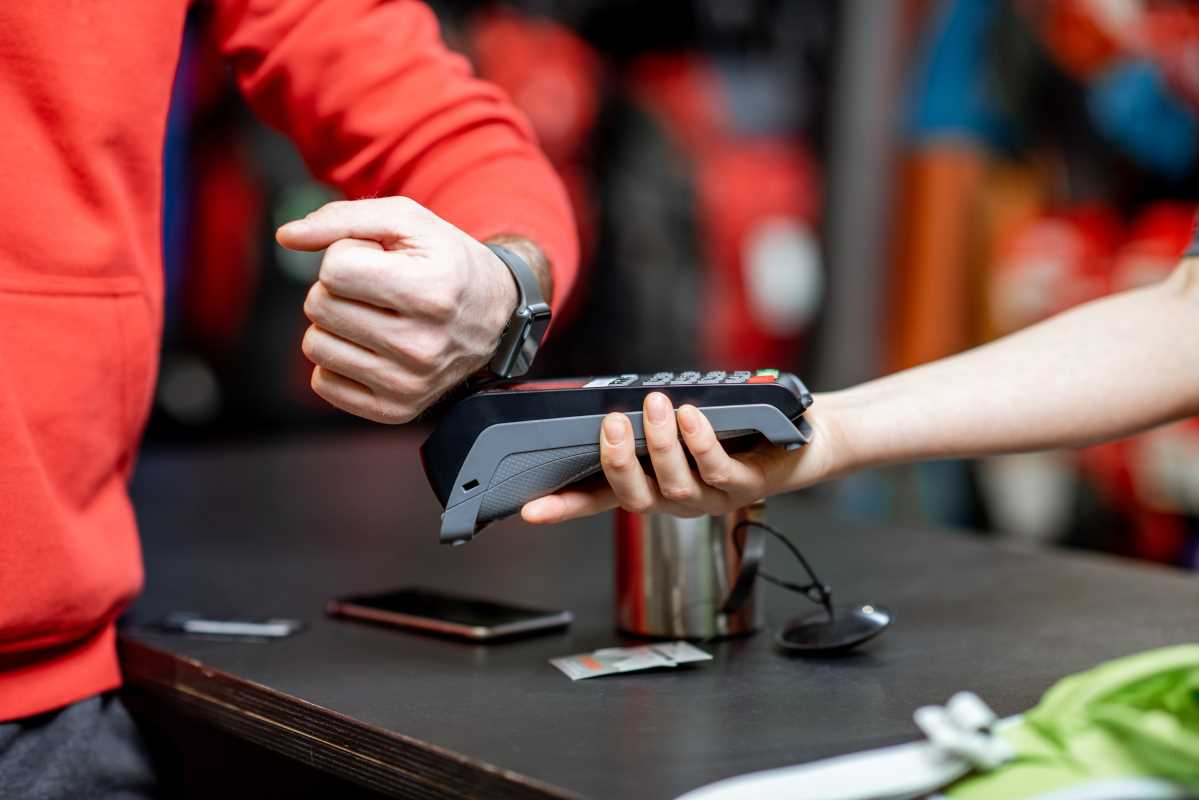Managing finances can feel like a daunting task, but modern technology has made budgeting and saving money easier than ever before. From mobile apps and digital tools to AI-powered platforms and automation, tech solutions allow people to gain better control of their finances with just a few taps or clicks. Whether you want to stick to a budget, track expenses, or build up savings, there’s a tool designed to meet your specific needs. In today’s fast-paced digital world, these innovations simplify financial management, reduce human error, and ensure long-term success. This is a detailed look at the top tech solutions that can help you budget and save money effectively.
1. Budgeting Apps for Day-to-Day Expenses
Budgeting apps have become the go-to tools for tracking expenses, creating budgets, and monitoring cash flow. These apps connect to your bank accounts, automatically categorize your spending, and provide a clear breakdown of where your money goes each month. Popular options like Mint, YNAB (You Need a Budget), and PocketGuard simplify the entire budgeting process.
- Mint: Free and easy to use, Mint automatically tracks spending, sets budget limits, and alerts you when you’re close to exceeding your budget.
- YNAB: Designed for proactive budgeting, YNAB helps users allocate every dollar they earn, ensuring money has a purpose.
- PocketGuard: This app highlights how much money you have left after bills, essentials, and savings, showing what you can safely spend.
Budgeting apps make it easy to establish and stick to spending goals by providing visual charts and daily summaries. For example, you might set a monthly grocery budget of $500. If you start overspending, the app sends notifications to help you adjust before going off track. These tools also encourage mindfulness around spending habits. Budgeting apps help you make smarter financial decisions and prevent unnecessary purchases by offering insights into areas where you overspend.
2. Expense-Tracking Tools
Expense-tracking tools take budgeting a step further by offering detailed insights into daily and long-term spending habits. Tools like Expensify, Fudget, and Spendee focus on helping individuals and businesses keep track of where their money is going. These apps are especially useful for freelancers or small business owners managing multiple income sources.
- Expensify: Ideal for professionals, this tool simplifies expense reporting by scanning receipts and categorizing expenses.
- Fudget: A straightforward tool for tracking daily expenses without complex charts or settings.
- Spendee: Allows users to create shared wallets, making it perfect for families or roommates who split bills.
Expense trackers not only show how you spend but also identify patterns and trends. For instance, if you notice that dining out takes up 20 percent of your budget, you can adjust your spending habits to save more money. Many of these apps integrate with bank accounts, automatically syncing transactions and removing manual entries hassle. For those who prefer simplicity, apps like Fudget allow you to log expenses without connecting to a bank account, giving you manual control over the process. Whether you need automation or prefer hands-on management, expense-tracking tools cater to various needs.
3. Savings Automation Tools
Saving money consistently can be challenging, but automation tools make the process effortless by automatically rounding up purchases or transferring funds. Apps like Acorns, Digit, and Qapital are revolutionizing how people save by moving small amounts of money into savings without you needing to think about it.
- Acorns: Round up your purchases to the nearest dollar and invest the spare change in diversified portfolios.
- Digit: Analyze your spending habits and automatically transfer small amounts to savings based on what you can afford.
- Qapital: Encourages savings through customizable goals, rules, and spending triggers.
For example, if you buy a coffee for $2.75, Acorns rounds up the purchase to $3.00 and saves the extra $0.25. Over time, these micro-transfers add up significantly. Similarly, apps like Digit assess your cash flow and move small amounts of money into savings when you’re unlikely to miss it.
These tools make saving money a seamless process. Users often don’t even notice the small deductions, yet they build substantial savings without changing their lifestyle. Whether you’re saving for a vacation, emergency fund, or retirement, automated savings tools ensure you’re always progressing toward your goals.
4. AI-Powered Financial Planners
Artificial intelligence (AI) has transformed financial planning by offering personalized recommendations based on spending habits and financial goals. Tools like Cleo, Wallet AI, and Albert use AI to analyze data and provide actionable advice.
- Cleo: A chatbot-based financial tool that helps track spending, set budgets, and improve financial habits in a fun, conversational way.
- Wallet AI: Provides detailed insights into spending patterns and suggests where to cut costs.
- Albert: Uses AI to monitor accounts, identify savings opportunities, and suggest financial changes.
AI-powered financial planners go beyond simple tracking and budgeting. They offer real-time insights and advice tailored to your financial situation. For instance, if your spending habits show that you’re paying too much for subscriptions, the app might suggest canceling unused services to save money.
Some tools, like Cleo, even gamify savings and budgeting, turning financial management into a fun experience. AI ensures that financial recommendations are accurate, relevant, and data-driven, helping you stay on track toward your financial goals.
5. Digital Banking Apps
Digital banks, also known as neo-banks, offer innovative financial solutions beyond what traditional banks offer. Apps like Chime, Revolut, and Varo help users budget, save, and manage money with user-friendly features and lower fees.
- Chime: Offers automatic savings tools, no overdraft fees, and early direct deposits for customers.
- Revolut: Provides spending analytics, currency exchange, and budgeting tools.
- Varo: Allows users to create savings goals, automate deposits, and track progress over time.
Digital banking apps simplify financial management by combining traditional banking with tech-driven features. For example, Chime rounds up purchases to the nearest dollar and moves the extra change into savings. Revolut helps users set limits for specific spending categories and offers real-time budget updates.
These apps are especially useful for people looking for low-cost alternatives to traditional banks while taking advantage of modern features like savings automation and spending analysis.
6. Investment Apps to Grow Your Money
Saving is crucial, but growing your money through investing is equally important. Investment apps like Robinhood, Stash, and Betterment make it easy for beginners to invest with small amounts of money.
- Robinhood: Allows users to trade stocks, ETFs, and cryptocurrency with no commission fees.
- Stash: Offers simplified investment options and allows users to invest with as little as $5.
- Betterment: Provides automated investment portfolios tailored to long-term goals like retirement.
Investment apps make the stock market accessible to everyone by lowering entry barriers. For example, Stash allows you to invest small amounts in fractional shares of companies, making it possible to start investing even if you have limited funds. Betterment automates the process with robo-advisors that optimize your portfolio based on your goals and risk tolerance. These platforms offer tools to help users learn about investing while earning returns over time, making them ideal for building long-term wealth.
7. Subscription Management Tools
With the rise of subscription-based services, it’s easy to lose track of where your money is going. Subscription management tools like Truebill, Trim, and Bobby help identify and cancel unused subscriptions to save money.
- Truebill: Analyzes bank statements to find recurring payments and allows you to cancel unwanted subscriptions.
- Trim: Negotiates bills like cable and internet while helping manage subscriptions.
- Bobby: Tracks subscription services and reminds you when renewal dates are coming up.
These tools prevent money from being wasted on forgotten subscriptions or services you no longer use. By highlighting recurring payments, they give you the power to cut unnecessary expenses and allocate funds toward savings or essentials instead.
8. Smart Payment Tools to Avoid Fees
Tech solutions like credit card payment apps and bill-splitting tools prevent late fees and streamline payments. Apps like PayPal, Venmo, and Splitwise help individuals pay bills on time, avoid penalties, and split costs efficiently.
- Venmo: Simplifies splitting costs for shared expenses, like rent or dining.
- Splitwise: Tracks shared expenses among friends or roommates.
- PayPal: Helps automate payments to ensure bills are paid on time.
These tools eliminate the stress of managing payments manually and ensure financial obligations are handled smoothly, preventing costly late fees.







